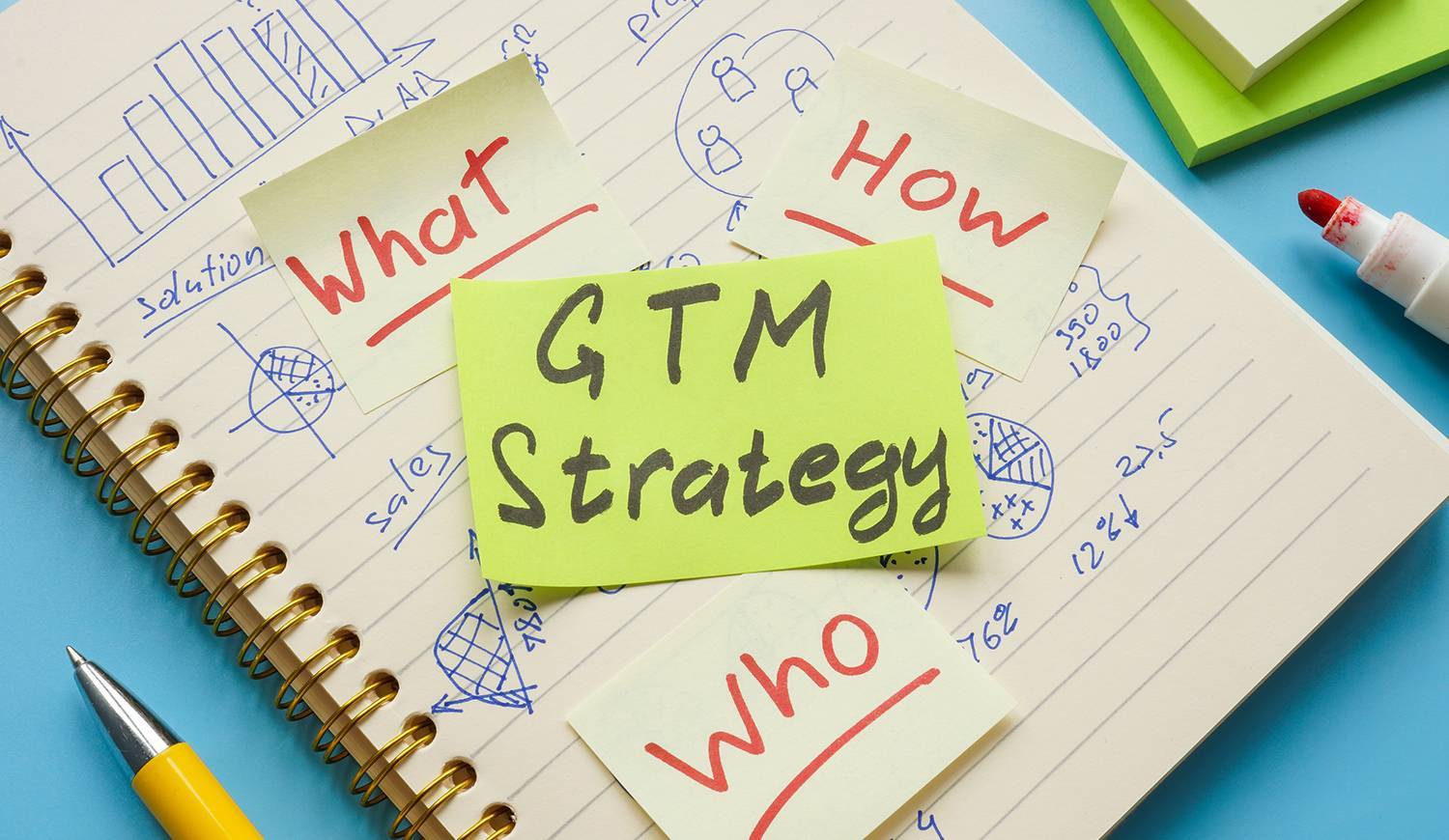Start strong, guys and gals! Before you try to sell a product, you need to know who the hell wants to buy it. Sounds simple, right? Yet, companies everywhere still struggle to get it right. They’re blindly pumping out products and scratching their heads when they tank. They’re missing the foundational stuff. Knowing their buyer personas. Understanding their ideal customer profiles. Differentiating themselves from the competition. It’s like setting sail without a compass and wondering why you’re lost at sea.
Now, let’s cut the doom and gloom and shift gears to solutions. As Steve Jobs once said:
“You’ve got to start with the customer experience and work backward to the technology.”
Let’s talk about how you can reverse-engineer your go-to-market strategy and secure wins for your business.
Phase 1: The Game Plan
Start with exploration. Do market research. Understand your product’s opportunity in the market. Now, design your product or service to meet those needs. Then, align all your departments towards this vision. The result? You’re not just tossing a product into the void and hoping for the best. You’re providing a solution that meets a genuine need and doing it in a way that sets you apart from competitors.
By the end of this phase you should have:
- A list of golden opportunities in the market. Know where your product fits like a perfect puzzle piece
- A bulletproof value proposition. Test your value proposition in the market. Get feedback. Refine it so that there’s no room for doubt why you’re the best.
- Your first set of buyer personas. Even if it’s only one buyer persona, you’re off to a great start! As you learn more about what makes your customers kick, you can adjust your personas.
- Make sure your product fits the market like a glove. It’s got to solve a problem that’s begging for a solution.
- Stand out from the crowd. What sets you apart from Joe Schmo down the street? You’re not a copycat, you’re a trailblazer.
- Spin a buyer narrative that’s as addictive as your morning coffee. It’s gotta fuel your launch and keep people coming back for more.
- Lock in a sales plan that’s laser-focused on hitting those revenue targets. You’re not in this for kicks. You’re in it to win it. Show me the money!
Consider Zoom Video Communications. Their game plan led to a 326% year-over-year growth in 2020. How? They analyzed their market opportunity, identifying remote workers as their primary personas. Then, they aligned their product to this market’s needs.
Phase 2: Building the Engine
Phase 2 is all about preparation. Develop your launch checklist. Ready your team. Stage your plan. This is where many teams stumble though due to a lack of direction, clarity, and preparation. You’ve got to know your roles. Gather client testimonials. Make sure your entire team is launch-ready. Remember, your output in this phase will set the stage for your launch.
Adobe is a great example here. They made a successful move from perpetual licensing to a cloud-based subscription model. How? Adobe’s strategy involved:
- Developing new revenue streams
- Preparing their team for the transition
- Staging a successful go-to-market approach,
The results? A cool 25% increase in their revenue.
Phase 3: Launch
Launch time! Release your product. Measure your results. Renew your strategies based on feedback. This is where the rubber meets the road, and if you’re not ready, you’ll end up eating dust. Here, you’re ensuring the coordination of all your launch activities. You’re setting up systems to measure your success and adapt. This phase is all about being agile and learning from the market feedback. Let’s remember the cautionary tale of Google Glass. Google launched the product before sales and the lead gen engine were ready. Measurable KPIs and clear feedback mechanisms were also missing so. In the end the product was a flop.
Your launch needs a well-coordinated approach with quantifiable KPIs and market feedback mechanisms.
Spotify aced their launch. They kicked off with an exclusive invite-only model. Then, they followed up by tracking user growth and engagement. This brilliant approach led to its market dominance today.
Phase 4: Manage
Finally, we have the Manage phase. You’re not done when you launch, not by a long shot. Here, you grow, optimise, and iterate. The market evolves, and you’ve got to be ready to adapt.
Look at Netflix. They keep optimising their product offering based on user preferences. They iterate on their marketing strategies to increase subscriber base. They grow their market share through innovation and quality content.
As we manage, we’ve got to keep an eye on key metrics. You might think they’re just numbers, but they’re the lifeblood of your business!
Let’s look at your sales team. If you’re Netflix, you’re counting subscribers (average deal value). But then a show like ‘Stranger Things’ blows up (expansion selling). Subscribers pile up, and you’re no longer counting, you’re swimming in it! The faster your team can convert those leads (sales pipeline velocity), the faster you get paid.
But, don’t ignore win rates and deal slippage. If you’re losing more than you’re winning, or deals are taking forever to close, you’ve got a problem. Look at Apple, they’ve got customers lining up even before a new iPhone is out. That’s the power of a great win rate and low deal slippage.
And marketing? It’s not just about posting a cute picture on Instagram. Think about Dollar Shave Club. They knew the cost to win each customer (Customer Acquisition Cost). Their hilarious YouTube ads brought a ton of website traffic, but they didn’t stop there. They followed their conversion rate religiously, from the first click to the checkout (session to contract rate). The game is all about knowing how many leads can you convert into real customers.
How about customer service? Ever ordered something on Amazon? They’re not just fast (implementation process speed), they’re Usain Bolt! And when there’s a problem, they’re on it before you can even finish your complaint (time to resolution). That’s how you get loyal customers and an insane Net Promoter Score.
Remember, a business that doesn’t measure, doesn’t grow.
The success of your go-to-market strategy doesn’t happen overnight. It’s about building a solid foundation. You’ve got to know your buyer, deliver real value, and iterate based on feedback. It’s about aligning your teams and ensuring they’re ready for the launch. It’s about measuring your success, learning, and adapting.
To wrap this up, don’t be a shooting star – here today, gone tomorrow. Let’s create a North Star go-to-market strategy that guides your company towards success.

